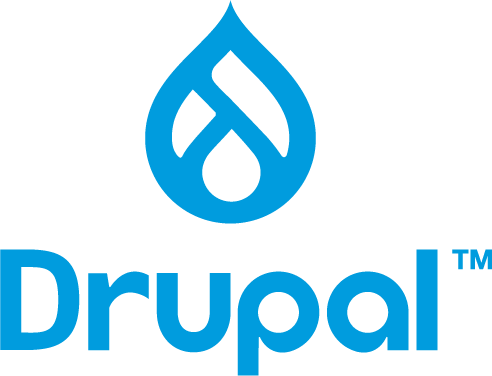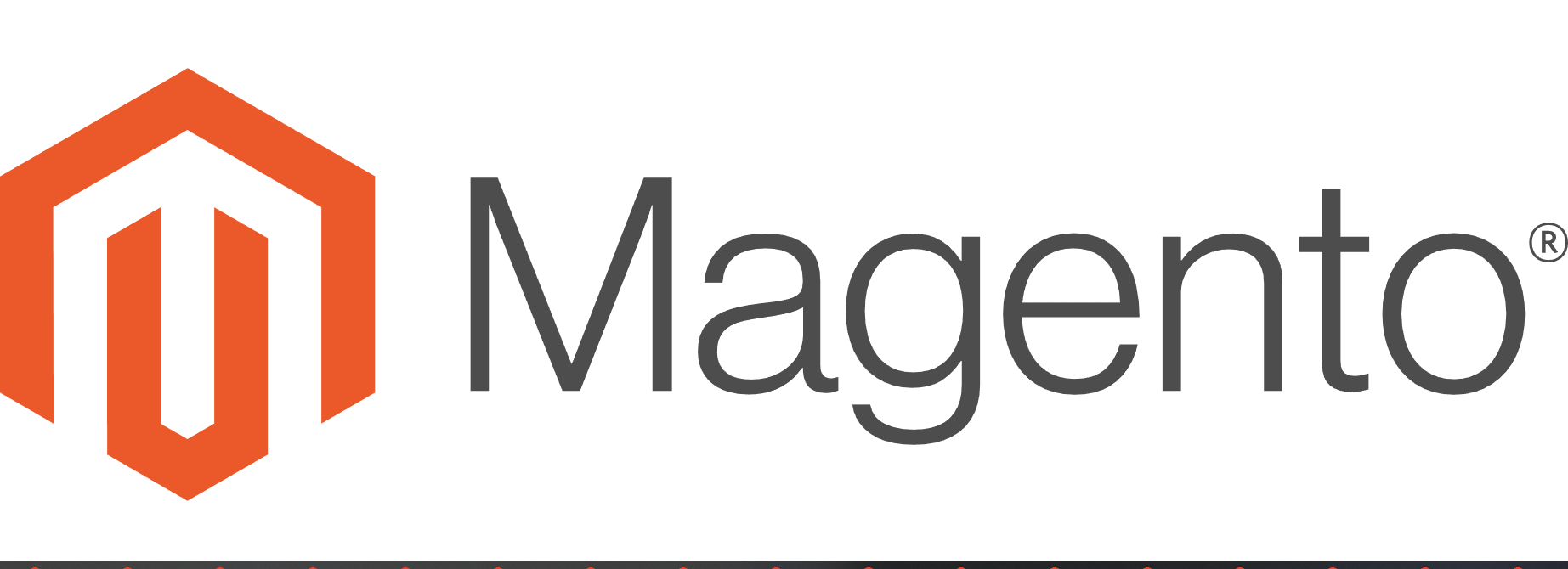This guide will help you become familiar with the Laravel directory structure. Introduction Once you have installed Laravel, understanding the Laravel directory structure is crucial for efficient and effective application development. This guide provides a concise and clear overview of the key directories and their roles within a Laravel project, allowing you to navigate and Read More >
Education Channels
Be More Successful
InMotion Hosting knows the web runs off of open source software, and we love to support it. Our Education Channels will help you with using some of the most popular programs on the web today! Our Joomla tutorials make creating a website Joomla easy. Read our Drupal tutorials and learn how the saying, ‘Drupal Hosting is only for programmers’ is such a big misconception! Whatever software you use, InMotion Hosting is your best choice today for all your web hosting needs.
What is an Education Channel?
Whether you have a Shared Hosting account, a Virtual Private Server (VPS), or a Dedicated Server, our education channels are very helpful and will assist you as you carve out your web presence. Stay up to date on your favorite topics by becoming a fan on Facebook, following us on Twitter, and subscribing to our YouTube channel.
Blogs and Content Management Systems

WordPress
While WordPress initially began as a blogging platform, it has grown into one of the most popular Content Management Systems used in creating all types of websites today.

BoldGrid
BoldGrid is a WordPress plugin suite that makes building websites a breeze. With fully generated sites, all you need to do is install it and then customize the content to make it your own!
Laravel
Laravel is a versatile and sophisticated PHP framework designed for building scalable and maintainable web applications with elegant syntax and powerful tools. Discover the power and elegance of Laravel through our step-by-step guides.
![]()
Moodle
Moodle is a free open source software for designing educational courses. Moodle is an abbreviation for Modular Object-Oriented Learning Environment. The software is also known as an Online Course Management System or Virtual Learning Environment.
![]()
Joomla
Joomla is an open-source content management system (CMS) for creating and managing websites, known for its flexibility and extensibility. Learn more about Joomla in our education channel!

Drupal
Create a powerhouse website with the help of the Drupal Content Management System. Make it even better with the large list of add-on modules. Conquer the competition by learning about Drupal here.
eCommerce
![]()
WooCommerce
WooCommerce is the official WordPress eCommerce system. It brings you the ease and simplicity of WordPress with powerful eCommerce features.
![]()
PrestaShop
PrestaShop is the most reliable and flexible open source eCommerce software. Built with a responsive interface per input from experienced designers and eCommerce business, the software is used by over 200,000 merchants online.
![]()
OpenCart
Looking for a complete guide for setting up an online store? Our OpenCart tutorials cover everything you need to know to get an online store up and running.
![]()
Magento
Magento is one of the most successful eCommerce systems in recent years. It has many powerful features and is very integrated compared to some other ecommerce systems. It is very popular with larger companies and many shops graduate to Magento after starting on more simple systems. Visit our Magento Hosting if you are not a current customer.
![]()
OpenCart
Looking for a complete guide for setting up an online store? Our OpenCart tutorials cover everything you need to know to get an online store up and running.
Our Software Tools

cPanel
cPanel is your tool for managing your hosting account. From creating email address to configuring database, cPanel’s tools will help get the job done.
![]()
WP-CLI
WP-CLI (WordPress Command Line Interface) is the a powerful tool built to allow the management of your WordPress sites through the Command Line Interface (CLI). Typically utilized by advanced users, our comprehensive guides can help anyone familiarize themselves with using this efficient tool to manage WordPress.
![]()
WebHost Manager
WHM is a tool only available to VPS Hosting and Dedicated Hosting users that allows you to, in essence, manage your server as your own web host.
![]()
EasyApache
EasyApache is the PHP and Apache configuration software built by cPanel. EasyApache can be complex but simple to use to control your PHP and Apache environments.
Email Setup & Deliverability
![]()
Everything Email
From basic setup to how to get the most out of your email, we’ll get you off to a good start with your new email accounts.
How to Install Laravel
Here’s a comprehensive guide on how to install the Laravel PHP framework on your server. Introduction As a favorite amongst PHP developers, Laravel boasts of an elegant syntax and streamlined development processes. Here, we’ll guide you through the installation process so that you can start developing directly on your server. Choose from our Laravel Hosting, VPS Hosting, Read More >
Beginner’s Guide to BoldGrid
Even the most tech-savvy people can find it a challenge to maintain their business website. Many websites are built with WordPress, and the content management system (CMS) goes a long way in helping people get their site up and running with relative ease. But it’s not always intuitive, and making changes to the settings without Read More >
How to Use the BoldGrid Website Builder
The BoldGrid Website Builder helps you take your WordPress site to the next level. You can easily change the look and style of your website with the visual drag and drop editor. Quickly add engaging content ideas for your specific industry to draw more visitors and engagement. There’s no need to know website coding, but Read More >
High-Performance Order Storage on WooCommerce
In late 2022, WooCommerce introduced plans to optimize the performance of WooCommerce Core by focusing on Orders and ways to efficiently manage Order data. Originally dubbed the Custom Order Tables project, it has since been renamed to High-Performance Order Storage, or HPOS. With the release of WooCommerce 7.1, an option was introduced that allowed users Read More >
Major Changes in Magento 2.4.6 – Great News!
Please note this is a “work in progress” article as there are many changes that we are evaluating and understand their impacts. However, this is great news so we want to share this. PHP 7.4 Support is Gone – Go to PHP 8+ PHP 8 came with many improvements but not all major php-based systems, Read More >
Seven Major Changes in WordPress 6.2
WordPress 6.2 “Dolphy” is an important release version that includes over 900 changes to the software. The major changes focus on integrating visual editing into the front end of the WordPress interface. These improvements involve the menus, templates, site editor, media, and style options. They benefit the user by providing a more functional interface and Read More >
The Ultimate Guide for Migrating WordPress Websites
If you own a WordPress website, chances are that you will have to move it from one host to another at some time during its lifetime. You could be moving to a new host for a variety of reasons. Better performance is usually a driver for this type of change. Moving a website from a Read More >
How to Use Memcached as a Persistent Object Cache in WordPress
A common site health message WordPress displays for users is the recommendation to use a persistent object cache. There are generally two common solutions to this issue: Redis or Memcached. This article will guide you in using Memcached to provide the caching solution that WordPress is recommending. We will walk you through its installation and Read More >
How to Automatically Generate WordPress Posts With ChatGPT
The recent release of the ChatGPT bot by OpenAI has made the use of text-based artificial intelligence accessible to anyone. Simply enter a text prompt and it will automatically generate content or code based on your entries. This can be a strong addition to your workflow by helping you generate ideas or speed up the Read More >
Maximize User Interaction in WordPress with Remoji: A Step-by-Step Tutorial
In this article, you’ll learn about how you can potentially increase engagement on your WordPress site using emoji reactions. A reaction to a post or comment using an emoji allows the reader to express themselves quickly and easily. If you can provide more interactivity on your site, it’s more likely your readers will stick around, Read More >
miniOrange’s Google Authenticator – WordPress Two Factor Authentication
miniOrange is a security-focused development company that has created a feature-rich two-factor authentication plugin for WordPress called the miniOrange Google Authenticator. Their plugin provides a solution that is quick and easy to implement while providing features that set it apart from its competition. Two-factor authentication is used to secure logins to a website. It helps Read More >
Two Factor Authentication WordPress Plugin
Two Factor Authentication is a plugin from the authors of UpdraftPlus that adds a layer of protection for WordPress logins. The advantage of using a two-factor authentication (2FA) plugin for your WordPress site is that it helps to protect users with weak or exploited passwords. It does this by requiring a one-time code when a Read More >
How to Use WP 2FA for WordPress
WP 2FA was created by WP White Security to provide two-factor authentication for your WordPress site. Two-factor authentication (2FA) is used to increase login security for a website. It helps to keep intruders from accessing a site through weak or compromised passwords. WP 2FA includes options for authentication, WordPress user/role policies, and redirects. The plugin Read More >
Using Wordfence Login Security for 2FA
The Wordfence Login Security plugin for WordPress allows you to use two-factor authentication, XML-RPC Protection, and login page CAPTCHA. Two-factor authentication (2FA) is a vital layer of defense that you can add to your WordPress installation to protect it from intruders. The use of 2FA prevents intruder access through compromised passwords. This tutorial will focus Read More >
W3 Total Cache – Guide to WordPress Caching
With over 1 million active installations, W3 Total Cache is one of the most popular ways to optimize and manage the cache for your WordPress site. This can result in faster load times and less strain on your server, which can also help your SEO (search engine optimization) efforts. How to Use W3 Total Cache Read More >
How to Create an Embedded or Standalone Form Using HubSpot
HubSpot CRM allows one to create embedded or standalone forms that gather or provide information to your customers. For example, you may have a standalone survey form that a customer opts to view. This tutorial will walk you through creating and using these forms for your business endeavors. What are Embedded or Standalone Forms Embedded Read More >
How to Create Pop-up or Moving Forms with HubSpot CRM
The HubSpot CRM can create pop-up or moving forms that appear on WordPress posts or pages to provide quick responses, display information, or trigger automated sequences for your customers. Providing these forms promotes positive interaction and opportunities with your website visitors to help expand your user base and increase your revenues. This tutorial will walk you Read More >
How to Create a New Marketing Email in HubSpot
HubSpot can create emails used for marketing purposes. These marketing emails allow you to reach out to your customers to provide an immediate or planned response. HubSpot helps you create and send these emails with templates and a design interface. Three Types of Marketing Emails HubSpot can create regular, automated, or blog emails. Regular emails Read More >
How to Create and Edit Tickets in HubSpot
Creating tickets is a form of contact in HubSpot. It allows you to record interactions that require further action in the form of support, negotiations, or decision-making. Tickets are often associated with support problems, but they can be used for any interaction between you and the client. This benefits your business by providing accurately tracked Read More >
